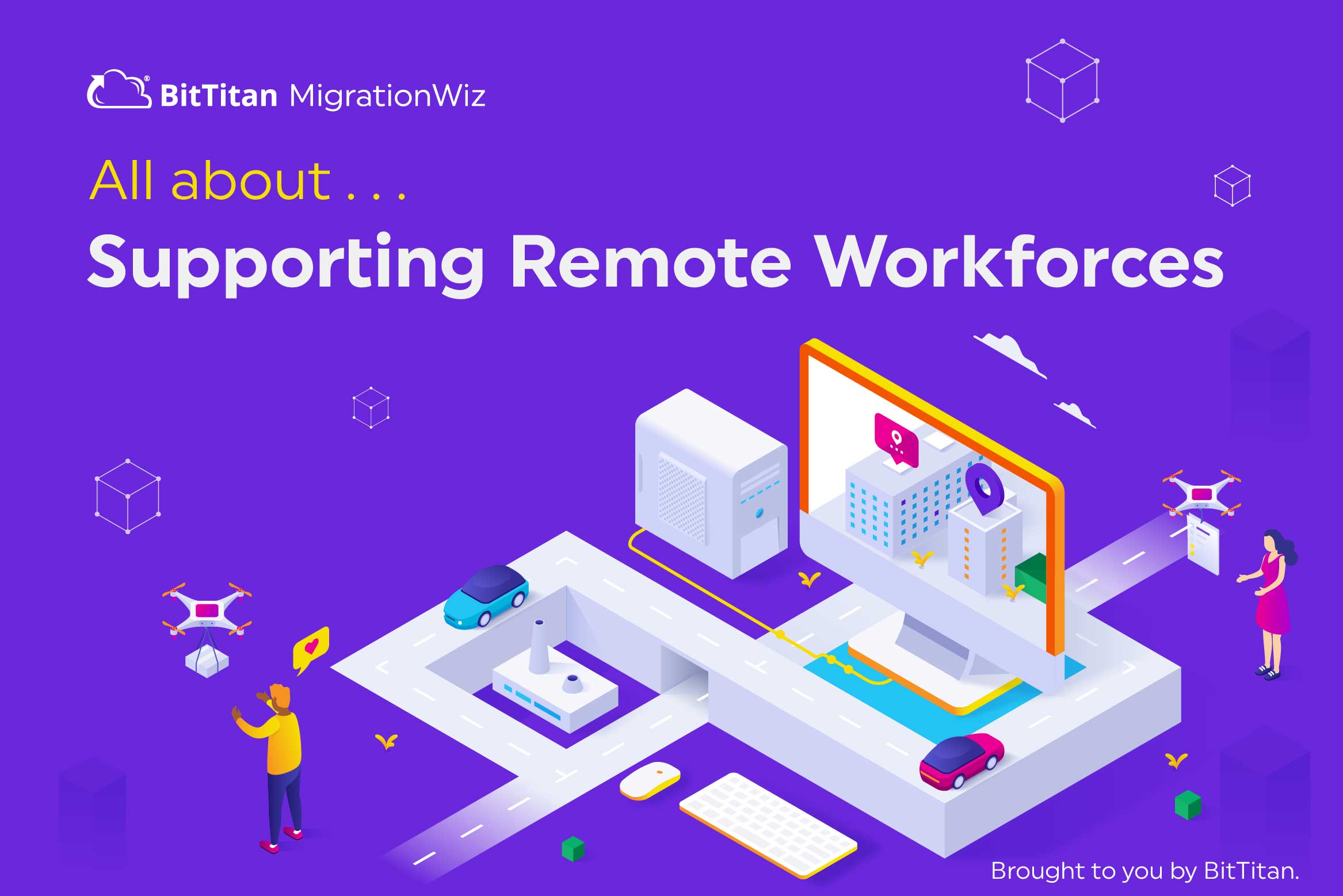Digital Transformation: The Foundation for Remote Work
Throughout the past decade, digital transformation was one of the hottest topics in the enterprise C-suite. Initially, it was a reaction to the disruptive force of digital native startups that were carving out large swaths of market share. But soon, there came a realization that digital transformation is more than putting an internet front-end on existing business processes. Beyond technology adoption, digital transformation encompasses people, processes, competencies and culture. It is fundamentally about finding new and better ways to work.
The scalability and elasticity of the cloud is a fundamental component, as businesses take processes off of desktops and on-premises servers and push them online. Use of cloud apps and office suites is now the norm among the digitally transformed. During 2014, 24% of organizations had adopted cloud-based tools, with 16% adoption of Google G Suite and 8% for Office 365. As of 2019, those numbers stand at 86% for cloud based tools, 33% for G Suite and 79% for Office 365.
Cloud applications eliminate the need for IT-driven updates and patches. Ensure workers are on the latest versions. Provide the benefit of the most up-to-date security. And free more time for IT to focus on innovating for the betterment of the business. The realization that people could work from anywhere has led to new working styles. Extending the opportunity to work remotely — whether permanently, occasionally or as-needed — is a key strategy for recruiting and retaining talent.
How are organizations making the move to these tools, quickly and efficiently? Read Fast Track to Remote Work: Cloud Migrations via MSPs.
Digital transformation, accelerated
As a new decade dawned, the 2020 COVID-19 pandemic suddenly flipped remote work from a retention tool to business essential. As schools, “non-essential” businesses and government organizations rushed to adhere to stay-at-home mandates, organizations with mature digital transformation initiatives had a far easier time adapting. Their email, core applications, office suites and communications structure were already cloudified, providing the fundamental agility in their systems to make the switch. There were certainly hurdles to overcome. But with the right access information, within a day or two offsite employees were freely communicating with customers, partners and co-workers, using their office suites, and collaborating online. (For more about a total approach to collaboration, read Remote Work and Collaboration: The Role of the Cloud Office Suite.)
Meanwhile, those organizations tied to on-premises servers and computing infrastructure were scrambling to put solutions in place. Suddenly they had a whole host of issues to deal with. They included remote-access security, VPN capacity, laptop procurement and provisioning, putting virtual desktop infrastructure in place for access to legacy applications, ensuring seamless communications, enabling collaboration, and a host of other issues.
Beyond remote work: How digital transformation leverages the cloud
Digital transformation initiatives are more than technology adoption — they involve taking a total look at the business with an eye to reinventing the way the business works. They accomplish this by giving employees the essential tools and technologies, and fostering the culture and collaboration to transform their own work — without the need to engage IT. The cloud delivers elasticity that allows the business to scale and implement new initiatives, frees up capital by replacing capex with opex, and gives workforces untold flexibility.
Among the issues digital transformation-empowered employees are freed to tackle:
- Can customers be better served, more effectively, efficiently and at lower cost with digital channels?
- Can fundamental business processes be revitalized?
- Are there new ways of working that can make us more productive and achieve a better work/life balance to support the business?
With legacy processes moved to the cloud, digital transformation paves the way for progressive enterprises to adopt new and emerging technologies, such as use of big data for driving analytics, applying sensors and automating data capture through the internet of things, and various forms of artificial intelligence.
What’s next in the transformation journey?
Organizations that hadn’t completed their digital transformations and were caught by the pandemic will likely be re-examining their state of readiness and their approaches to remote work. Those that were ready are well-positioned for whatever future changes — both short term and long-term — will emerge from the lessons learned. For a glimpse ahead, read Remote Work: Looking at the Long-Term Future.
Brought to you by BitTitan®. Helping IT service providers, and in-house IT teams migrate to the cloud for over a decade.

